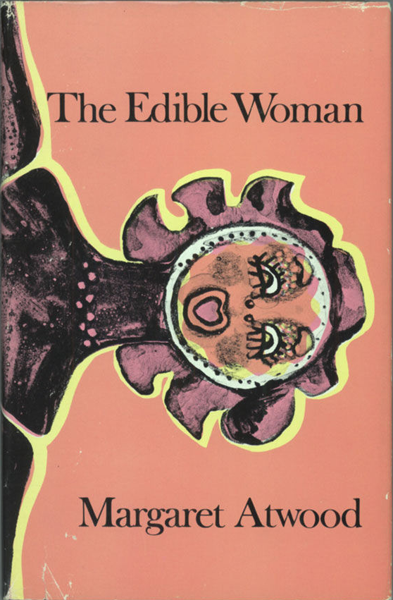

“The Female Body in Margaret Atwood’s The Edible Woman and Lady Oracle.” Journal of International Women’s Studies 9.2 (2008): 77–92. “Four Feminist Novels by Margaret Atwood.” American Studies in Scandinavia 26.2 (1994): 126–139. “Margaret Atwood’s Canadian Hunger Artist: Postcolonial Appetites in The Edible Woman.” Kunapipi 28.2 (2006): 63–72. New York: Columbia University Press, 1982. The Cambridge Companion to Margaret Atwood. “Fragilization and Resistance.” Studies in the Maternal 1.2 (2009): 1–31.

Minneapolis and London: University of Minnesota Press, 1987. A Thousand Plateaus: Capitalism and Schizophrenia. Print.ĭeleuze, Gilles, and Félix Guattari. Durham and London: Duke University Press, 2016. Print.īutler, Judith, Zeynep Gambetti, and Leticia Sabsay, eds.

Aiming at an exploration of the theme of a fragile corporeal protest, this article juxtaposes the revolt of Marian’s body with such tropes and categories as fluidity and containment, abjection, agency, and becoming in order to trace the dual nature of corporeal resistance presented in the novel.Ītwood, Margaret. This article examines Margaret Atwood’s novel within the framework indebted to the recent shift of feminist studies towards fragility: a notion that no longer has to entail mere passivity or surrender. Written in 1965 and published in 1969, The Edible Woman touches upon issues that are still relevant for the contemporary reader. While trying to fight off this impenetrable rebellion, Marian comes to face social norms she is supposed to comply with as a woman, finding them indeed indigestible.

Her body, in an act of revolt, refuses to accept more and more food it becomes an increasingly independent, as if exterior entity. However, at one point-coinciding with the acceptance of her partner’s marriage proposal-something goes utterly wrong. Marian MacAlpin, the protagonist of Margaret Atwood’s The Edible Woman, is a “marvellously normal” (Atwood 207) young woman. Margaret Atwood, feminity, feminism, becoming, abject, protest Abstrakt


 0 kommentar(er)
0 kommentar(er)
